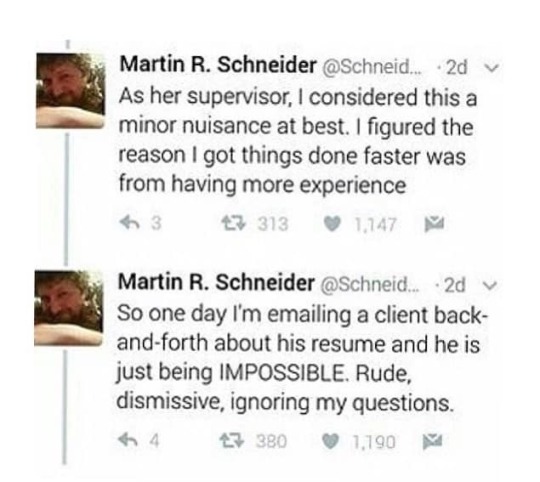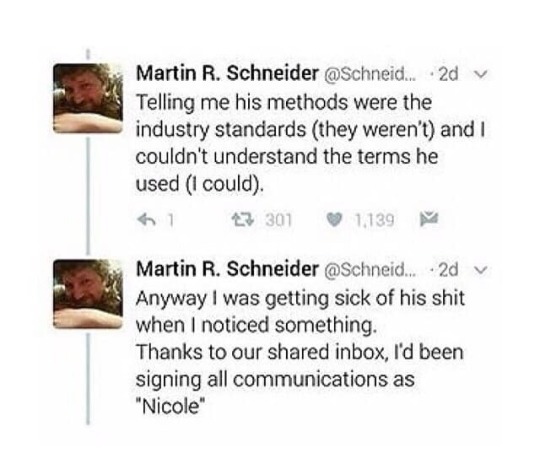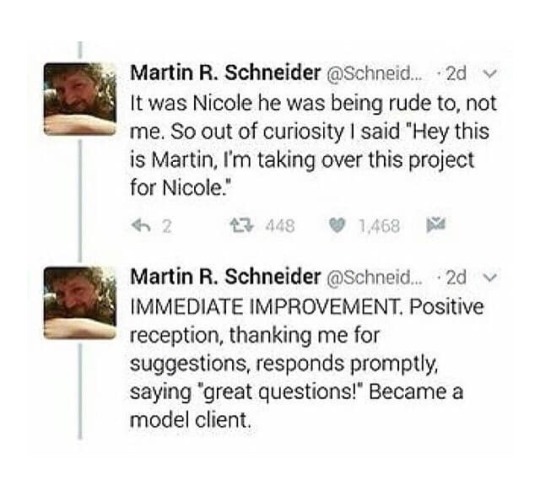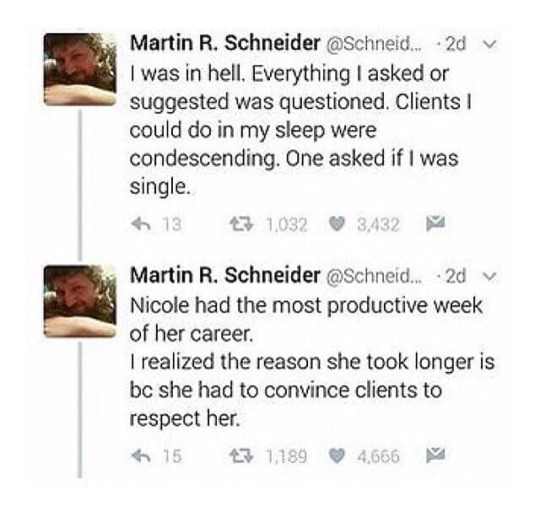Text
Want to know how to hook you reader from the first moment??
(✨ Easy and quick tips to make your first chapter memorable✨)
There have been endless the number of times that I have wondered about the correct formula of starting an history, and although I've learned that in writing there is no one correct way around it, I have gathered some of the tips that helped me the most. That being said, let's get to the tips!!
Introduce them to the mc. Show the reader who they are and what they are facing (can be internal conflict or something instant). Don't start from the pov of a character they won't see again.
Show what the readers are going to feel through the book, the "vibe" that you spent countless Pinterest boards crafting. Do you want them to feel afraid? Happy? Hopeless? Perhaps cozy?
Don't introduce more than three characters at once, and try not to be confusing. Your readers are already lost when your story begins, so try to guide them gently. A confused mind always says no.
Start with something that will later affect the story and move your characters forward. Ask yourself: does this first scene have an impact on the characters or the plot? If no, you can try making it more impactful or starting somewhere else.
Get your readers' curiosity triggered. At the end of the scene, there must be something they want to know to continue reading. It doesn't have to be a cliffhanger, but something like "will the protagonist go on the quest?" or "what are they gonna do now that they don't have any shelter?". The "now that they ..." formula always works for me!
That's all for now, and thank you for reading! As always, happy writing :)
Other tips for writers: previous
368 notes
·
View notes
Text
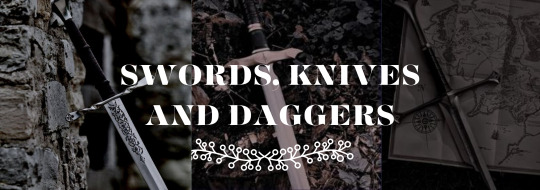
Writing Weapons (1): Swords
The Thrusting Sword
Type of fight scene: entertaining, duels, non-lethal fights, non-gory deaths, swashbuckling adventure
Mostly used in: Europe, including Renaissance and Regency periods
Typical User: silm, male or female, good aerobic fitness
Main action: thrust, pierce, stab
Main motion: horizontal with the tip forward
Shape: straight, often thin, may be lightweight
Typical Injury: seeping blood, blood stains spreading
Strategy: target gaps in the armous, pierce a vital organ
Disadvantage: cannot slice through bone or armour
Examples: foil, epee, rapier, gladius
The Cleaving Sword
Type of fight scene: gritty, brutal, battles, cutting through armour
Typical user: tall brawny male with broad shulders and bulging biceps
Mostly used in: Medieval Europe
Main action: cleave, hack, chop, cut, split
Main motion: downwards
Shape: broad, straight, heavy, solid, sometime huge, sometimes need to be held in both hands, both sides sharpened
Typical Injury: severed large limbs
Strategy: hack off a leg, them decapitate; or split the skull
Disadvantage: too big to carry concealed, too heavy to carry in daily lifem too slow to draw for spontaneous action
Examples: Medieval greatsword, Scottish claymore, machete, falchion
The Slashing Sword
Type of fight scene: gritty or entertaining, executions, cavalry charge, on board a ship
Mostly used in: Asia, Middle East
Typical user: male (female is plausible), any body shape, Arab, Asian, mounted warrior, cavalryman, sailor, pirate
Main action: slash, cut, slice
Main motion: fluid, continuous, curving, eg.figure-eight
Shape: curved, often slender, extremely sharp on the outer edge
Typical Injury: severed limbs, lots of spurting blood
Strategy: first disable opponent's sword hand (cut it off or slice into tendons inside the elbow)
Disadvantage: unable to cut thorugh hard objects (e.g. metal armor)
Examples: scimitar, sabre, saif, shamshir, cutlass, katana
Blunders to Avoid:
Weapons performing what they shouldn't be able to do (e.g. a foil slashing metal armour)
Protagonists fighting with weapons for which they don't have the strength or build to handle
The hero carrying a huge sword all the time as if it's a wallet
Drawing a big sword form a sheath on the back (a physical impossiblity, unless your hero is a giant...)
Generic sword which can slash, stab, cleave, slash, block, pierce, thrust, whirl through the air, cut a few limbs, etc...as if that's plausible
adapted from <Writer's Craft> by Rayne Hall
372 notes
·
View notes
Text

Structuring Your Fight Scene
adapted from <Writer's Craft> by Rayne Hall
Suspense
Show your characters gearing up, readying themselves.
The pace is slow, the suspense is high (use suspense techniques)
Provide information about terrain, numbers, equipment, weapons, weather.
May have dialogue as the opponents taunt each other, hurl accusations, or make one final effort to avoid the slaughter.
Don't start too early - we don't need to see the hero getting out of bed, taking a shower and having tea.
2. Start
Fighters get into fight stance: knees slightly bent, one leg forward, abdominal muscles tensing, body turned diagonally, weapons at the ready.
Each side will usually try to be the first to strike, as this will give them advantage.
The movements in this section need to be specific and technically correct.
3. Action
This section may be quick or prolonged. If prolonged, no blow-by-blow descriptions are needed.
Focus on the overall direction of the fight
Make use of the location to make characters jump, leap, duck, hide, fall, etc.
Mention sounds of weapons
4. Surprise
Something unexpected happens: building catches fire, a downpour, relief force arrives, staircase collapses, bullet smashes into the only lightbulb and everything goes dark, hero losses his weapon, etc.
Add excitement, raise the stakes.
5. Climax
Both sides are tired and wounded
The hero is close to giving up, but is revived with passion
Move to the terrain's most dangerous spot: narrow swining rope-bridge, a roof-edge, sinking ship, etc.
Don't rush the climax! Hold the tension
6. Aftermath
The fight is over: bes buddies lying dead, bandaging, reverberating pain, etc.
Use sense of sight and smell
The hero may experience nausea, shaking, tearfulness or get sexually horny
Fight scene length
Historical/adventure/fantasy: 700-1000w
Romance: 400-700w
1K notes
·
View notes
Text
The Villain Checklist!
Creating a villain is a delicate art, much like crafting a masterpiece. To ensure your antagonist leaps off the page with depth, consider these essential elements for your villain checklist:
Motivation: Every great villain is driven by a potent motivation, one that fuels their actions and sets them on their dark path. Explore their backstory and unearth the core reason behind their villainy. Are they seeking power, revenge, redemption, or something more sinister?
Complexity: Gone are the days of one-dimensional villains twirling mustaches and cackling maniacally. Infuse your antagonist with layers of complexity and nuance. Perhaps they possess redeeming qualities or wrestle with inner conflicts that humanize their actions.
Flaws and Vulnerabilities: Despite their nefarious intentions, villains should be flawed beings with vulnerabilities. These weaknesses not only add depth to their character but also create opportunities for conflict and growth throughout your story.
Backstory: Delve into your villain's past to uncover formative experiences that shaped their present disposition. Trauma, betrayal, or societal pressures can all contribute to their descent into villainy, providing rich narrative fodder for exploration.
Goals and Ambitions: Just as heroes strive for noble objectives, villains pursue their own twisted goals with fervor and determination. Define what your antagonist hopes to achieve and the lengths they're willing to go to attain it, even if it means sacrificing everything in their path.
Antagonistic Traits: From cunning intellect to ruthless brutality, equip your villain with traits that make them a formidable adversary for your protagonist. Consider how their strengths and weaknesses complement each other, creating dynamic conflicts that propel your story forward.
Relationships and Alliances: Villains don't operate in isolation; they forge alliances, manipulate allies, and cultivate relationships to further their agendas. Develop the connections your antagonist shares with other characters, be they loyal minions or reluctant collaborators, to add depth to their character dynamics.
Moral Justification (from their perspective): While their actions may be abhorrent to society, villains often believe they're justified in their pursuits. Explore your antagonist's moral code and the twisted logic that rationalizes their behavior, offering readers insight into their twisted worldview.
Arc of Transformation: Just as protagonists undergo arcs of growth and change, villains should experience their own journey of transformation. Whether it's redemption, downfall, or something altogether unexpected, chart the evolution of your antagonist throughout the narrative.
Memorable Traits: Give your villain distinctive traits or quirks that leave a lasting impression on readers. Whether it's a chilling catchphrase, a distinctive appearance, or a haunting backstory, give your antagonist elements that linger in the minds of your audience long after they've closed the book.
1K notes
·
View notes
Text
Writing advice from my uni teachers:
If your dialog feels flat, rewrite the scene pretending the characters cannot at any cost say exactly what they mean. No one says “I’m mad” but they can say it in 100 other ways.
Wrote a chapter but you dislike it? Rewrite it again from memory. That way you’re only remembering the main parts and can fill in extra details. My teacher who was a playwright literally writes every single script twice because of this.
Don’t overuse metaphors, or they lose their potency. Limit yourself.
Before you write your novel, write a page of anything from your characters POV so you can get their voice right. Do this for every main character introduced.
205K notes
·
View notes
Text
i think more people ESPECIALLY americans tbh need to get even just cursory knowledge of the protestant work ethic. there is a christo-capitalist reason you feel guilty when you are not working yourself to death. it isn’t just like, a common Symptom or whatever. it is from a deeply ingrained ideology in the west that affects pretty much everyone (even if you are not a WASP, ur still forced into this culture and will deal with its ramifications).
26K notes
·
View notes
Text
Honestly? My main piece of advice for writing well-rounded characters is to make them a little bit lame. No real living person is 100% cool and suave 100% of the time. Everyone’s a little awkward sometimes, or gets too excited about something goofy, or has a silly fear, or laughs about stupid things. Being a bit of a loser is an incurable part of the human condition. Utilize that in your writing.
52K notes
·
View notes
Video
youtube
Really the perfect personification of Jack Graves and his children.
Annette is the favorite, he would kill for her with only a few specific questions first.
Aldridge is a baby, cute, defenseless, pudding-like, and no drama.
Audrey moves up and down the ranking depending on Jack’s blood pressure, boy stuff but it always comes down to how complicated said murder could be.
Alex is the drama - but if they were in the same room no questions asked. First born boy privileges mean all the animosity is put aside for a few seconds of outside threat
#one for sorrow two for joy#roguepen musings#Character dynamics#writing stuff#Jack Graves and his children
1 note
·
View note
Text
I'm in awe of how we ran historical revisionism on the civil rights movement so bad that people truly believe it was quiet self-sacrifcial non-disruptive christ-like activism that forced progress and not — like — the incredible economic pressure of boycotts and outbreaks of illegal civil disobedience
Yapping to the choir but eughhh it burns me up girl effective protests have to be loud and inconvenient for change to happen because silent cries die in the dark that's the entire pointtt
42K notes
·
View notes
Text
Here’s a link to a petition to protect Native American land in NC from a gas station chain which poses immense environmental threats, has violated workers rights, and will destroy land with historical significance to natives. My ancestors traveled the trading path they plan to build over. Please sign if you have a moment
13K notes
·
View notes
Text
there's no greater betrayal than finally starting to read a book you've had sitting for months on your shelf or your desk or your nightstand and then finding out it's bad. like. i gave you a fucking home.
44K notes
·
View notes
Text
gritty realism in my shows? no no, you misunderstand
I want nitty gritty realism in my shows
I do not wish for fantasy that is Dirty and Sad. I wish for fantasy where beleaguered accountants and politicians do battle between territories via manipulating prices on various treasure types, all in the attempt to boost their rich foes past the Dragon Threshold and get burnt alive when the dragon arrives to claim their stuff. Show me the ramifications of a Summon Food spell on farming. Show me the Counterspell arms race.
Gimme that sweet sweet serotonin of micromanagement
1K notes
·
View notes
Text

ITS GREAT LAKES AWARENESS DAY!!!!!
On this excellent day, be aware that this is the largest group of freshwater lakes in the world, covering over 95,000 square miles and reaching depths of over a thousand feet. They are beautiful freshwater seas.
Also when you die in these lakes, the very cold, oxygen-poor conditions at the bottom preserves you perfectly for all eternity. You will not rot and nothing will eat you. You will exist for as long as the Great Lakes do. Many shipwrecks still have the crew on board. Be Aware.
25K notes
·
View notes
Text
Writing Advice: How to Create Conflict when Your Characters are Competent.
Featuring Leverage, the ultimate in Competency Porn.
Make them so good it gets them in trouble. So you've got a hacker and he's the best, definitively. Okay, well, one of his fake IDs just got called for jury duty. You pretended to be a psychic so well, someone kidnapped you to talk to a dead crime lord.
Make them targets. You're so good, enemies you didn't even know about are trying to kill you just so they won't have to take you on in your element. You're being blackmailed into doing a thing because you're the only one that can.
Limit the scope of competency. Sure, you're competent as a fighter, but your hacker is in jail and now you have to do his job and you are not competent in that. Yeah, you can climb a building, but do you know what you need to do to not end up in a crevasse while climbing a mountain?
Raise the stakes. Can you handle extracting a orphan being used by a washed up actress to fund her extravagant lifestyle? Yes. But can you handle extracting 30 orphans being used by the Slovenian mob to fund gunrunning? Maybe all you wanted was to get enough money to buy back a house, but instead you have to ruin the company so that all houses they illegally obtained are returned to their rightful owners.
Make others competent, too. Your characters are the best, but are they the best of the best? If you take you enemy down, do you go, too? If you win, does it make them win? Does it get out of hand and make other people start noticing when you're trying to keep your head down? Do they know every trick in the book and know the next move before you make it?
Make others painfully incompetent. Your characters are the best, but are they woefully unprepared for people who are not even good? Can your hologram hacker roll with it when the vital information is on a casset tape? Is the old mentor up to date on the recent technology, or is he going to screw you because he assumes the cops are just as corrupt/incompetent as when he was young?
Have some standards. Specifically, morals that make it impossible for your characters to back out or gets them in trouble for doing things "off-script." You can't leave on the train someone just stole for you because you've got to go back and stop the bad guys from bombing the IRS (even if we don't like them). You wish you could just say no to that assassin contract and leave, but someone's getting assassinated and you have to stop it because you're a good guy.
Bring up the past. Do you think that bad guy you brutally scarred a decade ago is going to carry a grudge? Do you have to save your ex-wife from the bad guy, who may also be her boyfriend, and if you suggest that she'll shut you out and you won't be able to save her or get paid? It's Draaamaaaa, babee.
19K notes
·
View notes
Text
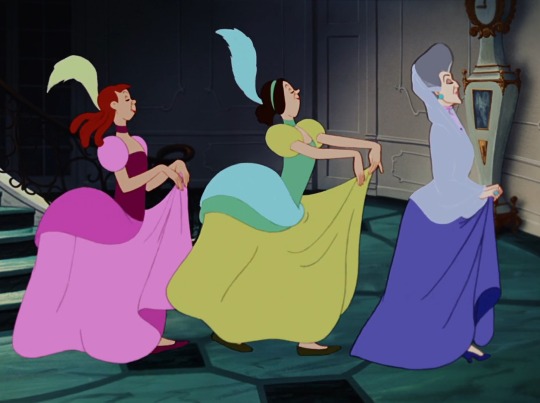
I just noticed something interesting. Look how they each carry their dresses. Lady Tremaine has her arms all the way down to her hips and is holding her dress up just a bit.
Drizella is holding her skirt all the way up with her arms completely stiff and outstretched.
And Anastasia is a mix in-between, with her elbows bent like her mother, but lifting her skirt up just as far as her sister.
I feel like there must be a reason for this, it doesn't seem like it would be just a coincidence. If both Anastasia and Drizella held their skirts the exact same way, it'd obviously just be to show that they're not quite as ladylike as their mother. But for the two sisters to hold their skirts differently? I don't know, it seems like it must be on purpose for one reason or another 🤔
40 notes
·
View notes


